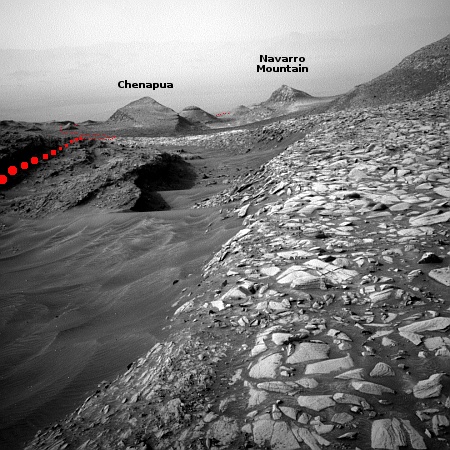April 3, 2024 Quick space links
Courtesy of BtB’s stringer Jay. This post is also an open thread. I welcome my readers to post any comments or additional links relating to any space issues, even if unrelated to the links below.
- CURIE two cubesat mission will launch on Ariane 6’s first flight
CURIE is a student-built probe and is part of a cubesat initiative funded partly by NASA.
- Video from North Korea of a test launch of what it claims is a “mid-to long-range solid-fuel, hypersonic missile”
The explosive burst at launch makes me wonder if the solid-fuel wasn’t evenly installed. North Korea’s claims about this missile are also unsubstantiated.
- On this day in 1984 the first Indian flew in space, on a Soyuz heading to the Salyut-7 space station
When this crew arrived, the Soviets for the first time had two crews of three on a space station.
- Rocket Factory Augsburg touts completion of five engines for installation on its RFA-1 rocket
It hopes to launch sometime this year from the Saxavord spaceport in the Shetland Islands, Scotland, assuming the UK’s bureaucracy finally issues launch permits.
Courtesy of BtB’s stringer Jay. This post is also an open thread. I welcome my readers to post any comments or additional links relating to any space issues, even if unrelated to the links below.
- CURIE two cubesat mission will launch on Ariane 6’s first flight
CURIE is a student-built probe and is part of a cubesat initiative funded partly by NASA.
- Video from North Korea of a test launch of what it claims is a “mid-to long-range solid-fuel, hypersonic missile”
The explosive burst at launch makes me wonder if the solid-fuel wasn’t evenly installed. North Korea’s claims about this missile are also unsubstantiated.
- On this day in 1984 the first Indian flew in space, on a Soyuz heading to the Salyut-7 space station
When this crew arrived, the Soviets for the first time had two crews of three on a space station.
- Rocket Factory Augsburg touts completion of five engines for installation on its RFA-1 rocket
It hopes to launch sometime this year from the Saxavord spaceport in the Shetland Islands, Scotland, assuming the UK’s bureaucracy finally issues launch permits.







